Felix M. Strnad
Teleconnection patterns of different El Niño types revealed by climate network curvature
Mar 07, 2022
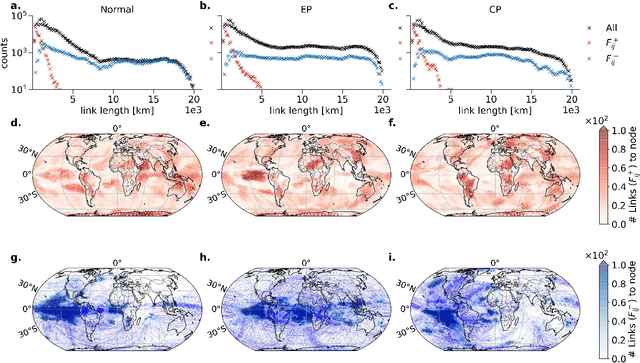
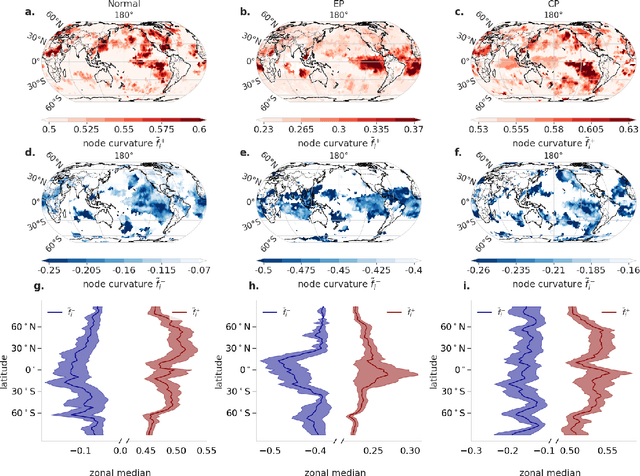

Abstract:The diversity of El Ni\~no events is commonly described by two distinct flavors, the Eastern Pacific (EP) and Central Pacific (CP) types. While the remote impacts, i.e. teleconnections, of EP and CP events have been studied for different regions individually, a global picture of their teleconnection patterns is still lacking. Here, we use Forman-Ricci curvature applied on climate networks constructed from 2-meter air temperature data to distinguish regional links from teleconnections. Our results confirm that teleconnection patterns are strongly influenced by the El Ni\~no type. EP events have primarily tropical teleconnections whereas CP events involve tropical-extratropical connections, particularly in the Pacific. Moreover, the central Pacific region does not have many teleconnections, even during CP events. It is mainly the eastern Pacific that mediates the remote influences for both El Ni\~no types.
Deep reinforcement learning in World-Earth system models to discover sustainable management strategies
Aug 15, 2019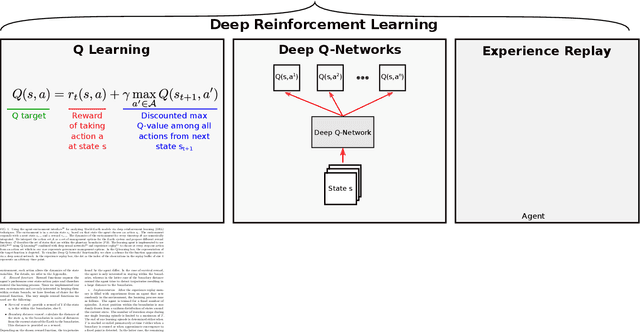
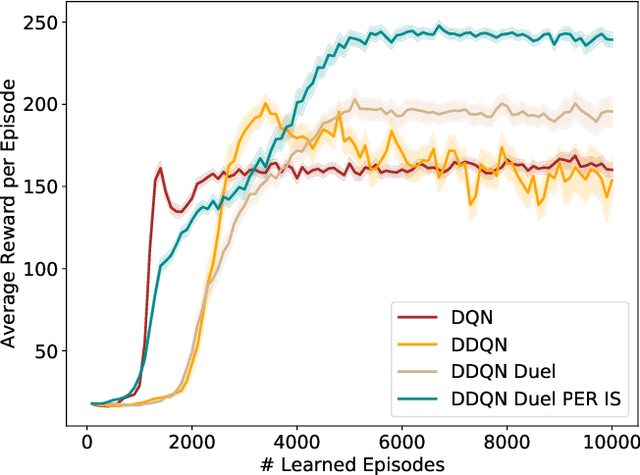
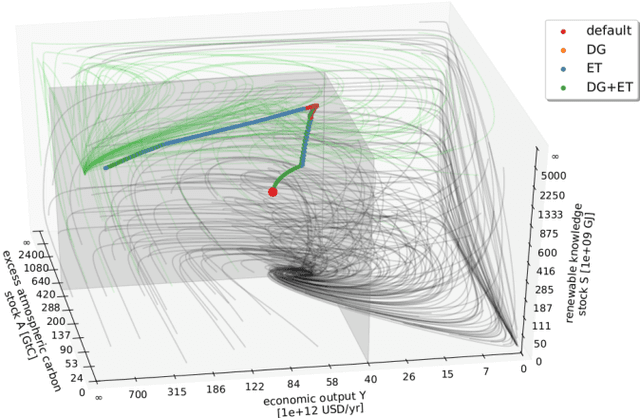
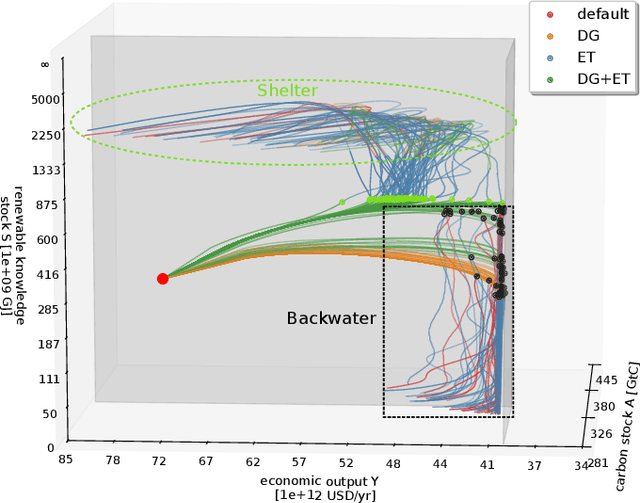
Abstract:Increasingly complex, non-linear World-Earth system models are used for describing the dynamics of the biophysical Earth system and the socio-economic and socio-cultural World of human societies and their interactions. Identifying pathways towards a sustainable future in these models for informing policy makers and the wider public, e.g. pathways leading to a robust mitigation of dangerous anthropogenic climate change, is a challenging and widely investigated task in the field of climate research and broader Earth system science. This problem is particularly difficult when constraints on avoiding transgressions of planetary boundaries and social foundations need to be taken into account. In this work, we propose to combine recently developed machine learning techniques, namely deep reinforcement learning (DRL), with classical analysis of trajectories in the World-Earth system. Based on the concept of the agent-environment interface, we develop an agent that is generally able to act and learn in variable manageable environment models of the Earth system. We demonstrate the potential of our framework by applying DRL algorithms to two stylized World-Earth system models. Conceptually, we explore thereby the feasibility of finding novel global governance policies leading into a safe and just operating space constrained by certain planetary and socio-economic boundaries. The artificially intelligent agent learns that the timing of a specific mix of taxing carbon emissions and subsidies on renewables is of crucial relevance for finding World-Earth system trajectories that are sustainable on the long term.
 Add to Chrome
Add to Chrome Add to Firefox
Add to Firefox Add to Edge
Add to Edge